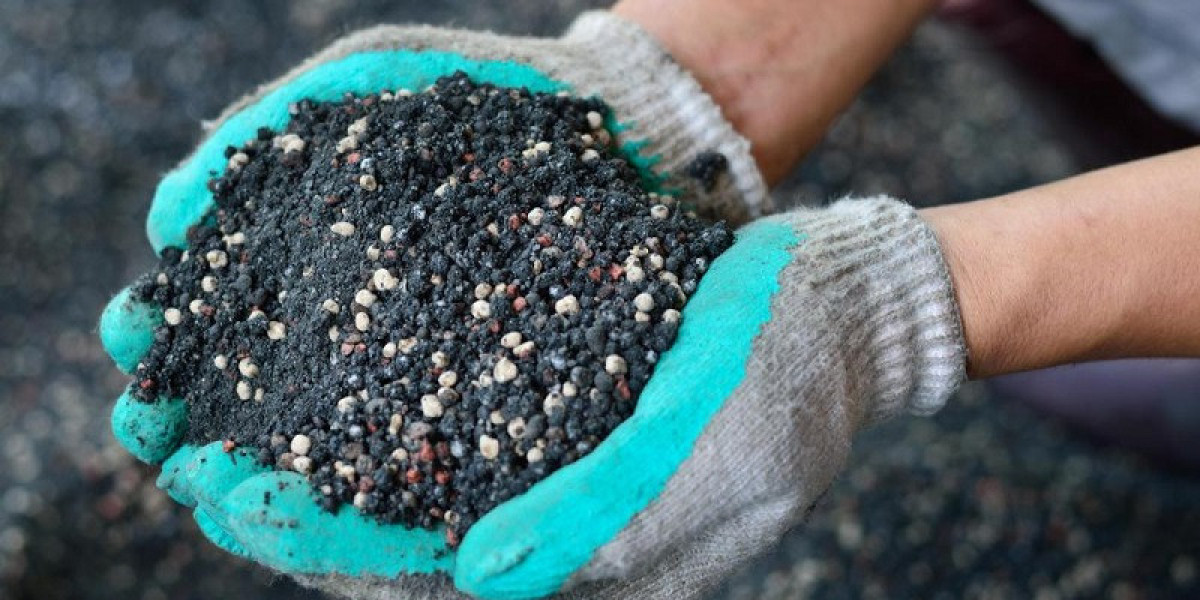Nature's Blueprint: How is Biomimicry Revolutionizing Materials Science?
Scientists and engineers are increasingly turning to nature's ingenious designs to create the next generation of advanced materials. Biomimicry, the practice of learning from and mimicking the strategies found in nature to solve human design challenges, is rapidly transforming the field of materials science, leading to the development of innovative biomimetic materials with unprecedented properties.
What Exactly are Biomimetic Materials?
Biomimetic materials are synthetic materials designed and engineered to mimic the structures, functions, and processes of biological entities. These materials draw inspiration from the intricate designs found in plants, animals, and microorganisms, aiming to replicate their desirable characteristics such as strength, flexibility, self-healing capabilities, and energy efficiency.
Where is the Inspiration for These Materials Coming From?
Nature offers an inexhaustible source of inspiration for biomimetic materials. Researchers are studying a vast array of biological systems, including:
- Spider Silk: Renowned for its exceptional strength-to-weight ratio and elasticity, spider silk inspires the development of high-performance fibers for various applications.
- Seashells and Nacre: The layered structure of seashells and nacre (mother-of-pearl) provides insights into creating strong and fracture-resistant composite materials.
- Lotus Leaves: The self-cleaning and water-repellent properties of lotus leaves are being mimicked to develop self-cleaning surfaces and coatings.
- Gecko Feet: The remarkable adhesive abilities of gecko feet, based on van der Waals forces, are inspiring the creation of novel adhesive technologies.
- Bone: The hierarchical structure and self-healing capabilities of bone are being studied to develop advanced biomaterials for tissue engineering and bone regeneration.
What are the Potential Applications of Biomimetic Materials?
The potential applications of biomimetic materials are vast and span numerous industries:
- Medicine and Healthcare: Biomimetic materials are being used to develop biocompatible implants, scaffolds for tissue engineering, drug delivery systems, and artificial organs. Self-healing hydrogels inspired by biological tissues are showing promise in wound healing applications.
- Construction and Infrastructure: Nature-inspired designs are leading to the development of stronger, lighter, and more sustainable construction materials, as well as self-healing concrete inspired by the way bones repair themselves.
- Textiles and Apparel: Biomimicry is influencing the creation of self-cleaning fabrics, breathable and water-resistant materials inspired by animal skins, and high-performance fibers mimicking spider silk.
- Aerospace and Automotive: Lightweight and strong composite materials inspired by biological structures are being developed for use in aircraft and vehicles, leading to improved fuel efficiency and performance.
- Electronics and Energy: Biomimetic principles are being applied to create more efficient solar cells inspired by plant leaves, self-healing electronic circuits, and advanced battery materials.
- Robotics: The movement and sensory capabilities of biological organisms are inspiring the design of more agile and adaptable robots.
What are the Advantages of Using Biomimetic Materials?
Biomimetic materials offer several compelling advantages:
- Enhanced Performance: By mimicking nature's optimized designs, these materials often exhibit superior strength, durability, flexibility, and efficiency compared to conventional materials.
- Sustainability: Nature's designs are often resource-efficient and environmentally friendly. Biomimetic approaches can lead to the development of more sustainable materials and manufacturing processes.
- Novel Functionalities: Biomimicry can inspire entirely new functionalities, such as self-healing, self-cleaning, and adaptive properties, that are not found in traditional materials.
- Biocompatibility: Materials inspired by biological tissues often exhibit excellent biocompatibility, making them ideal for medical applications.
What are the Current Challenges in Developing Biomimetic Materials?
Despite the immense potential, the development of biomimetic materials faces certain challenges:
- Complexity of Biological Systems: Replicating the intricate structures and processes found in nature can be extremely complex and require advanced engineering techniques.
- Scalability and Cost-Effectiveness: Translating laboratory-scale biomimetic designs into cost-effective industrial production can be challenging.
- Material Synthesis and Processing: Developing suitable synthesis and processing methods to create materials with the desired biomimetic properties requires significant research and development.
- Long-Term Performance and Durability: Ensuring the long-term performance and durability of biomimetic materials in real-world applications is crucial.
What is the Future Outlook for Biomimetic Materials?
The field of biomimetic materials is poised for significant growth and innovation. As our understanding of biological systems deepens and advanced manufacturing techniques evolve, we can expect to see a wider range of high-performance biomimetic materials entering the market. Interdisciplinary collaborations between biologists, materials scientists, and engineers will be crucial in unlocking the full potential of nature's blueprint for creating the materials of the future. The quest to learn from and emulate nature's ingenuity promises to revolutionize various industries and address some of the world's most pressing challenges.








